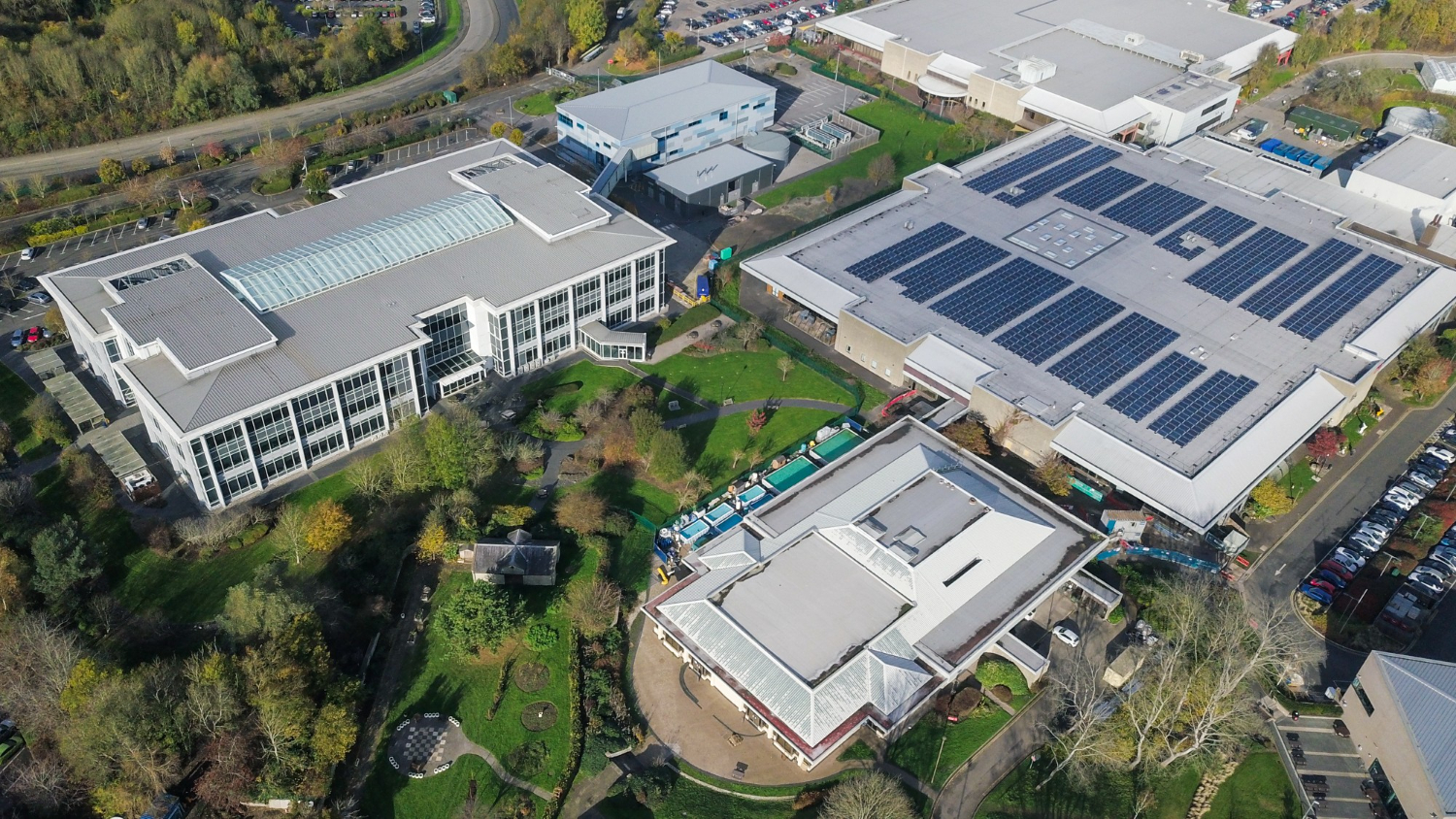
As energy prices climb and climate concerns become more pressing, homeowners across Tricity—Chandigarh, Mohali, and Panchkula—are turning to a smarter, more sustainable solution: solar for homes. With 2025 just around the corner, there’s never been a better time to make the switch to solar energy.
From government incentives to long-term savings, the reasons to go solar are stacking up. Whether you’re in a bungalow in Sector 10, a villa in Mohali, or an apartment in Panchkula, installing a solar power system is a smart move toward energy independence and environmental responsibility.
What Does “Solar for Home” Mean? (Solar for Your Home)
“Solar for home” refers to the installation of solar photovoltaic (PV) panels on residential rooftops to harness the sun’s energy and convert it into electricity. These systems can:
- Power your entire home
- Reduce or eliminate your electricity bills
- Charge electric vehicles
- Store energy for backup through battery systems
Why 2025 is the Best Time to Switch to Solar in Tricity
1. Attractive Government Subsidies
The Indian government and state authorities continue to offer substantial subsidies on residential solar systems. Homeowners in Tricity can avail themselves of up to a 40% subsidy on rooftop solar installations through the MNRE (Ministry of New and Renewable Energy) schemes. The government schemes can change from time to time, so it’s always best to double-check the scheme once before going in for a purchase.
2. Rising Electricity Costs
Electricity tariffs in urban India have been increasing year by year. Going solar helps you lock in energy costs for the next 20–25 years, insulating you from unpredictable price hikes.
3. Net Metering Benefits
With net metering policies in place in Punjab and Haryana, excess solar power you generate can be fed back to the grid. You receive credit for this power, reducing your future bills even further.
4. Easy Financing Options
Solar EPC companies and banks now offer straightforward EMI plans and low-interest loans, making it simpler for homeowners to afford solar without heavy upfront costs.
5. Technological Advancements
Modern solar systems are more efficient, compact, and aesthetically appealing. You can even monitor energy production in real time via mobile apps.
6. Increased Property Value
Homes equipped with solar energy systems are more attractive to buyers. It’s not just a utility investment—it’s a real estate upgrade.
Read Solar Panel Installation guide
The Solar Installation Process: What to Expect
- Site Assessment: A solar expert visits your home to assess roof space, orientation, and energy needs.
- We design and price a system based on your usage and roof layout.
- Paperwork & Subsidy Processing: Assistance with documentation and government subsidy application.
- Installation: Panels, inverters, and batteries (if chosen) are installed—usually within 2–3 days.
- Net Metering Setup: Grid connection is enabled for seamless integration.
- Monitoring & Maintenance: Track energy generation with mobile apps; periodic cleaning and checks ensure longevity.
Real Stories: How Tricity Residents Are Benefiting
- Mr. Khanna from Panchkula reduced his monthly electricity bill from ₹6,000 to under ₹500 after installing a 5 kW system.
- The Kapoors in Chandigarh use their rooftop solar to charge their EV, saving thousands annually on fuel.
- A school in Panchkula now runs entirely on solar, cutting operational expenses while educating students about sustainability.
Choosing the Right Solar Partner
When going solar, choose a provider that offers:
- MNRE-approved products and installation standards
- After-sales service and warranty support
- Transparent pricing and subsidy assistance
- Proven installations in Tricity homes
FAQs About Solar for Home
Q1: What size solar system do I need for my home?
It depends on your monthly electricity usage. A typical 3BHK home uses a 3–5 kW system.
Q2: How long will my solar system last?
Most panels have a life of 25 years, with inverters lasting 8–12 years.
Q3: What happens during cloudy days or power cuts?
You can use stored energy if you install a battery or rely on grid electricity as a backup.
Q4: How soon can I expect ROI (return on investment)?
Most homeowners recover their investment in 5–6 years via savings on electricity bills.
Q5: Do I need to clean the panels?
Yes, light cleaning every few weeks keeps panels efficient. Most systems are low-maintenance.
Final Thoughts
With abundant sunshine, strong government support, and growing environmental awareness, 2025 is truly the perfect year to adopt solar for homes in Tricity. It’s a proactive choice that will benefit both the environment and itself for many years to come.
Thinking solar? Don’t wait. Start your journey toward clean, cost-effective energy today and turn your roof into a power station!
Read Our blog, How Many Solar Module Types
